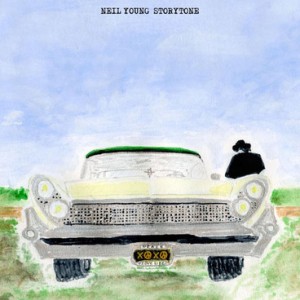 The legend—or cult, if you will—of Gram Parsons has become so pervasive in the past decades that the third album by the Flying Burrito Brothers is often overlooked, and not just by us. This simply self-titled release was recorded after Parsons was bounced from the band, but it does carry over the rest of the lineup from the previous album, with the addition of a young songwriter named Rick Roberts. While unknown at the time, he blended with Chris Hillman’s vision of the band, enough to dominate the songwriting credits on The Flying Burrito Bros.
The legend—or cult, if you will—of Gram Parsons has become so pervasive in the past decades that the third album by the Flying Burrito Brothers is often overlooked, and not just by us. This simply self-titled release was recorded after Parsons was bounced from the band, but it does carry over the rest of the lineup from the previous album, with the addition of a young songwriter named Rick Roberts. While unknown at the time, he blended with Chris Hillman’s vision of the band, enough to dominate the songwriting credits on The Flying Burrito Bros.However, the opening track is a confident take on Merle Haggard’s “White Line Fever”, led by Hillman’s weary but certain voice. The beautifully yearning “Colorado” is enough to establish Roberts as a key addition, and every alt.country band worth its salt should have this in their setlists. Hillman’s “Hand To Mouth” is barely country, but the secret weapon is guest Earl Poole Ball on the piano. “Tried So Hard” is a Gene Clark composition from his first solo album, held over from the week and a half he was in the band, while “Just Can’t Be” is a sneaky, swampy one.
Loyal Byrds always fly home to the Dylan nest, and “To Ramona” starts side two, a barn-dance waltz designed to let Sneaky Pete Kleinow explore the possibilities of his pedal steel. “Four Days Of Rain” is another winner from Roberts, and it’s not until just before the final chorus that you realize the bass plays the same note through the verses. “Can’t You Hear Me Calling” isn’t much musically, but the verses make up for it. “All Alone” works a little harder to be deeper, then Bernie Leadon’s busy banjo carries “Why Are You Crying” for a bluegrass finish over non-standard chords.
Where Burrito Deluxe sounded alternately forced and half-assed, The Flying Burrito Bros. is a solid, enjoyable blend of country rock, and a definitely a progression, if not as inventive as The Gilded Palace Of Sin. Commercially, it didn’t matter. Soon after the album failed to ignite any interest, the band scattered, with Chris Hillman going off to join Stephen Stills in Manassas, Bernie Leadon joining a new band that would be called the Eagles, and Rick Roberts carrying the Burritos brand until starting a new project called Firefall. (The drummer? Erstwhile Byrd and Burrito Michael Clarke.)
The Flying Burrito Bros. The Flying Burrito Bros. (1971)—3
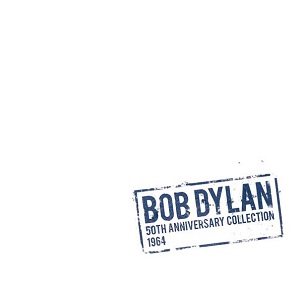
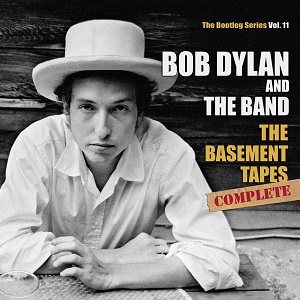
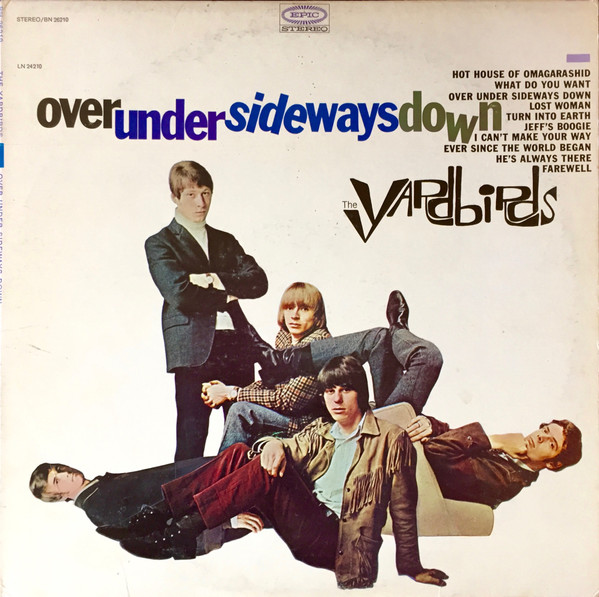
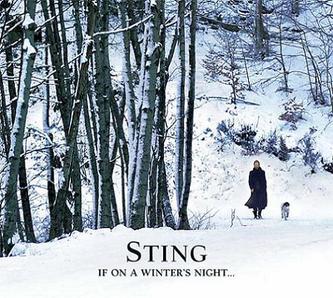



.jpg)
